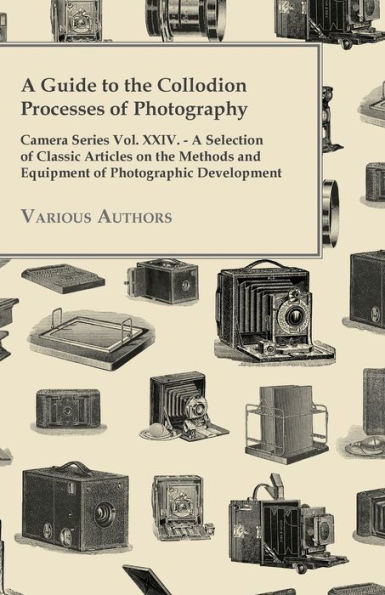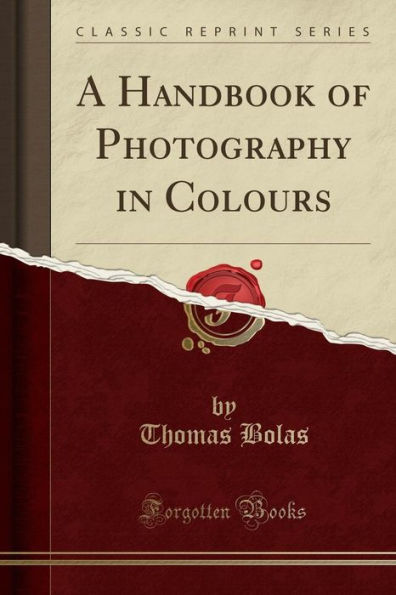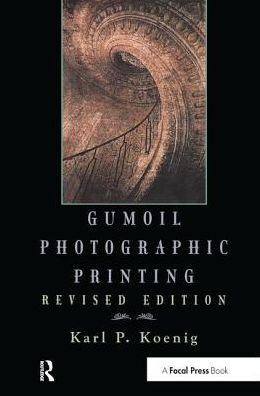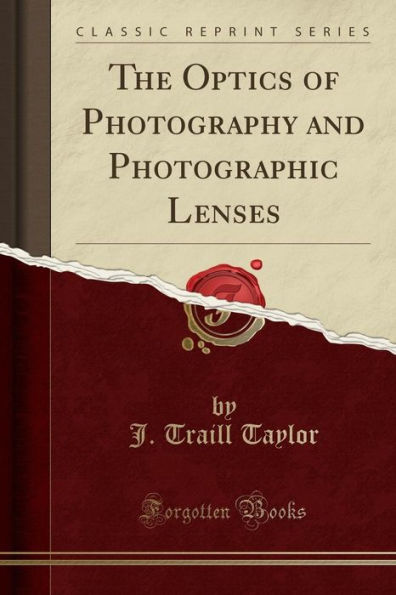Home
The Silver Sunbeam: A Practical and Theoretical Text-Book on Sun Drawing and Photographic Printing; Comprehending All the Wet and Dry Processes at Present Known, With Collodion, Albumen, Gelatin, Wax, Resin and Silver (Classic Reprint)
Barnes and Noble
The Silver Sunbeam: A Practical and Theoretical Text-Book on Sun Drawing and Photographic Printing; Comprehending All the Wet and Dry Processes at Present Known, With Collodion, Albumen, Gelatin, Wax, Resin and Silver (Classic Reprint)
Current price: $16.57
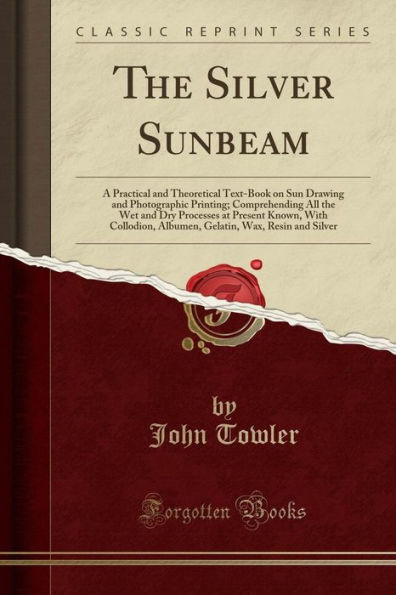

Barnes and Noble
The Silver Sunbeam: A Practical and Theoretical Text-Book on Sun Drawing and Photographic Printing; Comprehending All the Wet and Dry Processes at Present Known, With Collodion, Albumen, Gelatin, Wax, Resin and Silver (Classic Reprint)
Current price: $16.57
Size: OS
Loading Inventory...
*Product information may vary - to confirm product availability, pricing, shipping and return information please contact Barnes and Noble
Excerpt from The Silver Sunbeam: A Practical and Theoretical Text-Book on Sun Drawing and Photographic Printing; Comprehending All the Wet and Dry Processes at Present Known, With Collodion, Albumen, Gelatin, Wax, Resin and Silver
Sun-drawing, Heliography, and Photography are synony mous expressions for the same phenomenon, although ety mologically the two latter are somewhat different - helio graphy signifying sun-writing, whilst the word photography signifies light-writing. Not one of these expressions is strictly correct, because actinic impressions can be obtained from rays emanating from the moon, from artificial light, or the electric spark. Actinic drawing would probably be the best name, although as regards the representation of facts by words, it is immaterial for the masses of mankind whether these words have an intrinsic or root-meaning or not. The phenomena comprehended under any one Of the above syn onymous expressions, depend immediately upon what is termed light as the force or cause, and upon the property, which only certain substances apparently possess, of being affected according to the intensity of the light employed. The principal of these substances are the salts of silver, the salts of iron, bielzromate of potassa, and certain resins, as the oil of lavender and asphaltum. That light acts upon or ganized substances is a phenomenon which must have been Observed by the first occupants Of earth; they could not fail to remark the brilliant hues on the side of an apple that received the direct rays Of the sun, and to contrast these resplendent mixtures Of red, crimson, green, purple, yellow, orange, and other colors, on the one side, with the white, or greenish White, on the side exposed simply to the diffused light of day. The variegated foliage of a tropical clime, as contrasted with the continual merging into green, according to the increase in latitude, gives evidence of the influence of actinic action; and this change of green into white in the leaves and stalks of similar plants, when supplied with heat and air, and not with light, is a still stronger proof of heliographic influence. But this species of influence is not limited to the vegetable part of the earth; it is perceived, in all its beauties, in the blooming cheeks of a maiden from Kaiserstuhl in the Black Forest, or from the pasturing de clivities of the Tyrolese Alps; and its deficiency is quite as apparent in the pale, white, and lifeless facial integuments Of the unfortunate denizens of crowded cities, as in the blanched stalks of celery in a dunghill, or the sickly white filiform shoots of potatoes in a dark cellar. These phenom ena are full of wonder, no less so than any of the Opera tions Of sun-drawing on paper or collodion, and quite as in explicable; but they have long failed to excite astonishment, from the frequency and commonness of their occurrence.
About the Publisher
Forgotten Books publishes hundreds of thousands of rare and classic books. Find more at www.forgottenbooks.com
This book is a reproduction of an important historical work. Forgotten Books uses state-of-the-art technology to digitally reconstruct the work, preserving the original format whilst repairing imperfections present in the aged copy. In rare cases, an imperfection in the original, such as a blemish or missing page, may be replicated in our edition. We do, however, repair the vast majority of imperfections successfully; any imperfections that remain are intentionally left to preserve the state of such historical works.

